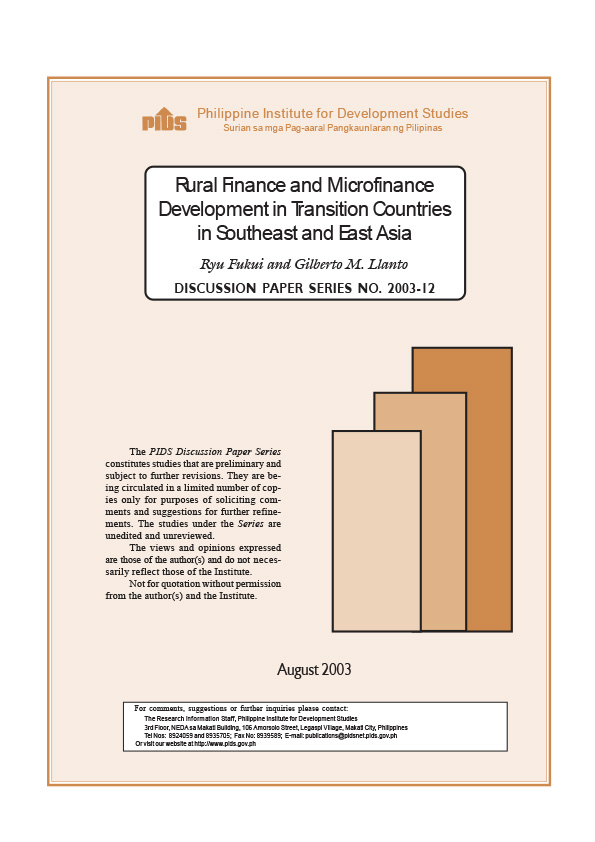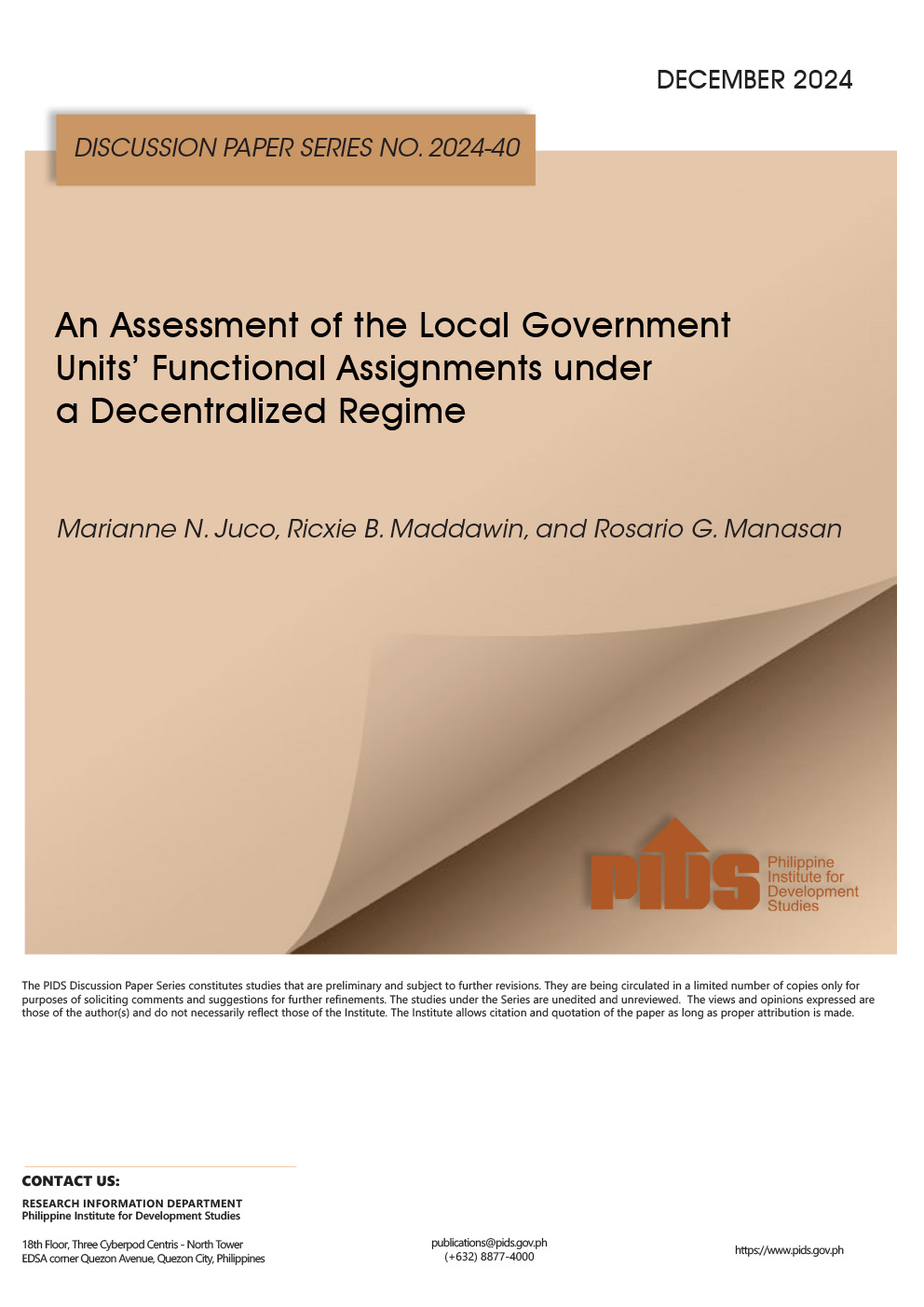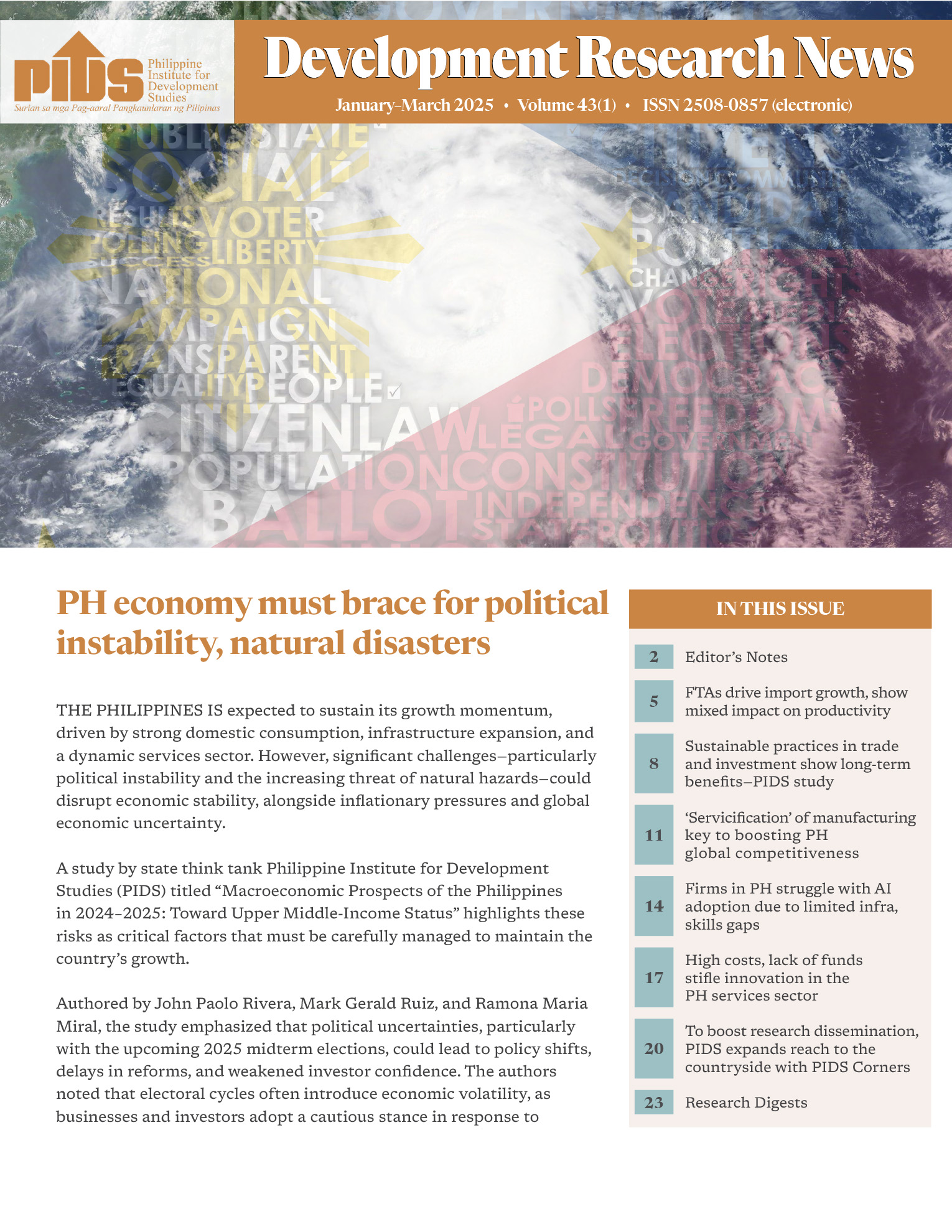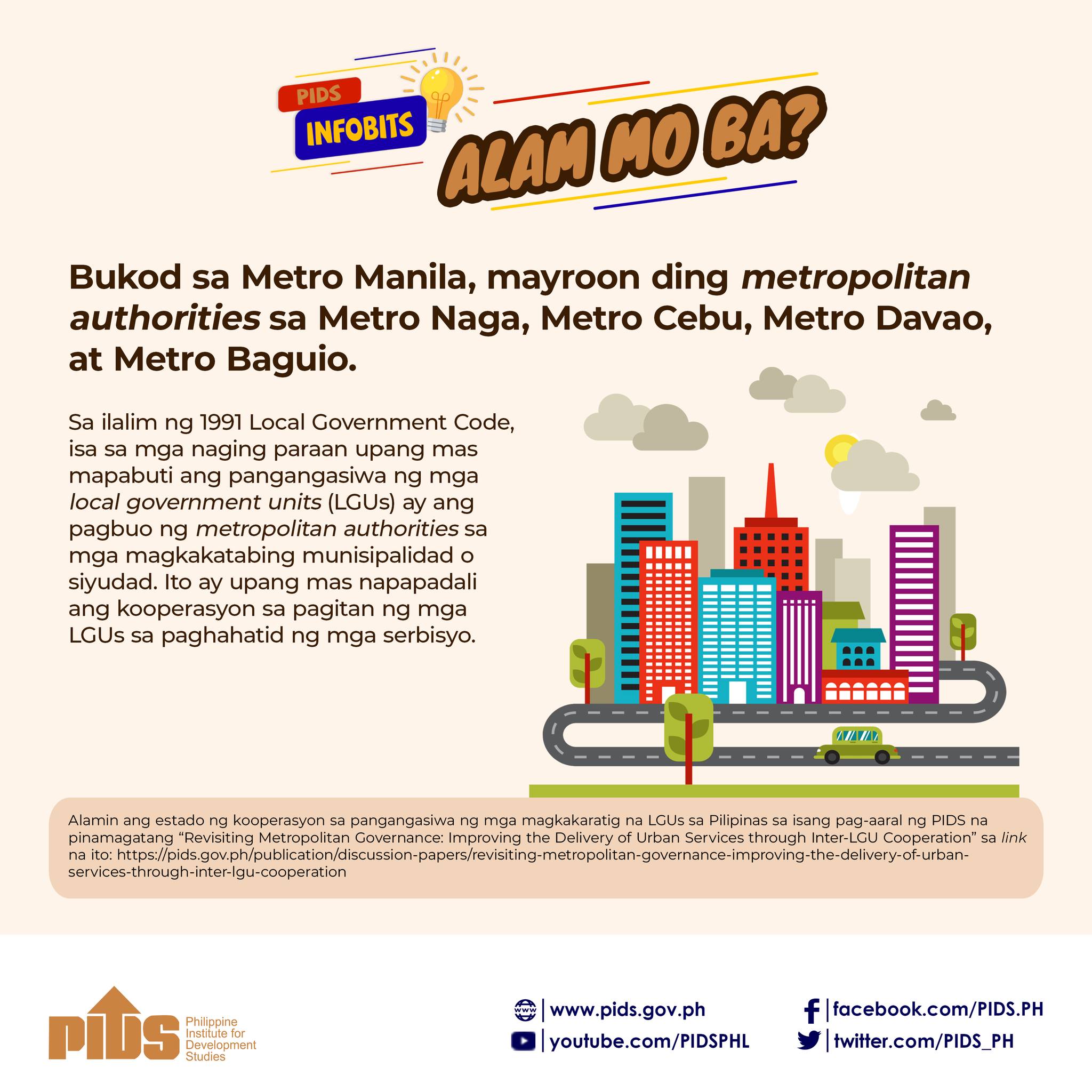Microfinance is an emerging important financial subsector in Asian transition countries. Its role is to improve financial access of the poor and small economic players and thus help them to build assets, thereby contribute to poverty alleviation. This paper provides an overview of rural finance and microfinance development in transition countries in Southeast and East Asia—Cambodia, Lao PDR, Myanmar, Vietnam, and Mongolia—focusing on the institutional evolution and the inter-relation between policies and institutions. We find diverse potentials that formal and semi-formal financial institution—agricultural banks, microfinance banks, microfinance NGOs, financial cooperatives and other indigenous financial systems—have to reach out to the rural poor of respective nations. Any monolithic view that expects a single type of microfinance institutions to dominate the rural financial markets is to be denied. To develop effective rural financial systems, some policy implications are drawn, such as reforms of agricultural banks, adoption of market-based policy framework, development of retail capacities of microfinance institutions, progressive establishment of legal and regulatory framework for microfinance, improvement in governance of indigenous financial systems, and the importance of savings mobilization.













